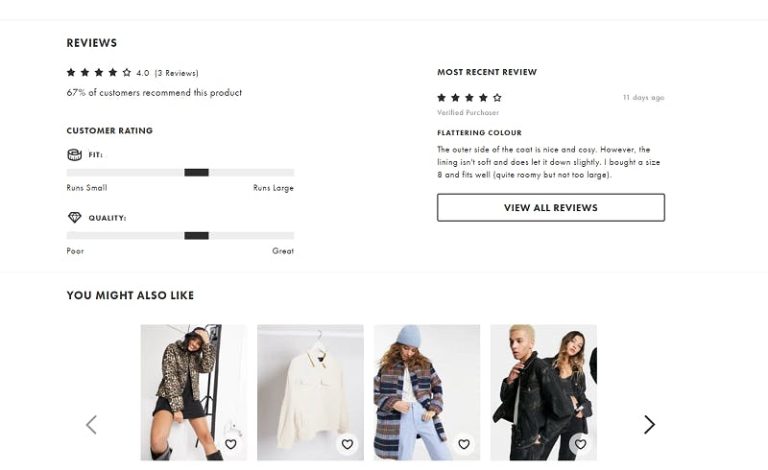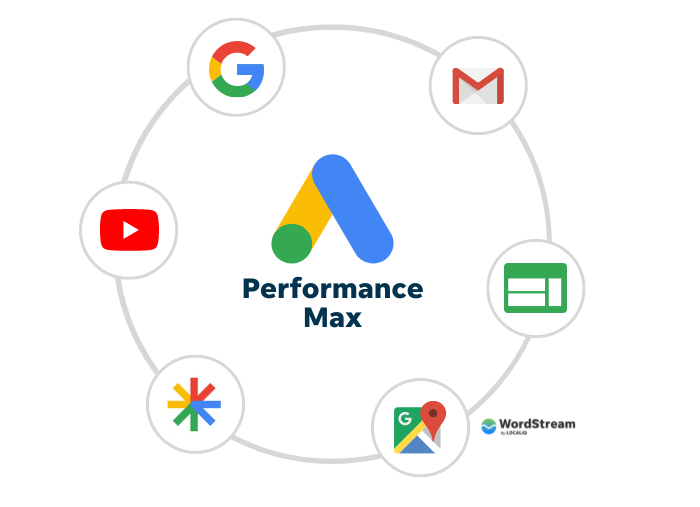Moreover, overspending on ads means the marketer doesn’t necessarily learn what content resonates with consumers. Going dark can shed some light on content performance.
Sometimes ads are used (or overused) to boost brand awareness, which is slippery. It is difficult to define and, therefore, track and measure. A company might be significantly overspending on brand awareness ads that have no real value.
An ecommerce company, for example, could still run direct response ads to drive immediate sales but stop promoting its content for a short period.
Measurement
The company uses last-touch attribution, crediting an ad with a sale if the customer purchases within 24 hours of clicking and does not interact with any other form of promotion such as email or a search engine link.
A similar approach could help learn how advertising and content marketing work together. The hold-out group would be any advertising aimed at content promotion.
The approach would still help discover some of advertising’s unseen effects without the risk of decimating revenue.
Sales decline when businesses stop advertising. But there are benefits to going dark for the right reasons.
To be clear, halting advertising for long periods destroys revenue. A June 2021 article in the Journal of Advertising Research suggested that a year without advertising could drop sales by 16%.
Going dark does not mean turning off all ads. Instead, it may be possible to use “hold outs.”
For example, imagine a wholesaler selling into several large designated market areas. Assuming the DMAs had similar characteristics, the company could hold out one, ceasing advertising in that single market.
Content marketing is the act of creating, publishing, and promoting articles, podcasts, videos, and similar to attract, engage, and retain customers. Content alone should generate traffic.
Imagine a SaaS company spending 0,000 per month on advertising. The company has three large campaigns: branding, “mid-funnel” supporting content marketing, and direct response to drive immediate sales. Each campaign receives an equal share of the total spend.
If the fictional SaaS company goes dark for a month and only forgoes the 100 new customers it usually attributes to ads, the other campaigns — branding and mid-funnel — may not have had an impact. But, if the company adds 500 fewer customers, it knows that ads had more impact than otherwise measured.
Overuse
In this fictional example, the customer acquisition cost using total spend against last-touch attribution ignores any impact from the branding and mid-funnel campaigns.
Some businesses struggle to attribute sales to advertising.
A short break from advertising, however, might be healthy if a business is having trouble measuring performance or if it is overusing ads to produce vanity metrics.
Content marketing and digital advertising often work together. But companies sometimes overuse ads that promote content.


In the example below, 95.7% of traffic to the company’s YouTube channel comes from ads. The business could be overusing ads if they support content meant to attract new prospects.
While the best approach might be to develop a more comprehensive model, it is possible to learn something about advertising’s impact with a pulse test: Turn ads off for a week or even a month and watch what happens.
In this example, 95.7% of traffic to the company’s YouTube channel comes from ads, implying overuse.
Alternatives
For example, a business-to-business or software-as-a-service company might use content marketing to attract customers. Sometimes the company buys ads to boost traffic to that content, but it doesn’t have a way to track how those ads contribute to sales.
Here turning off ads temporarily may help identify that impact.
Using this model, the company attributes 100 sales a month to advertising — about ,000 to acquire a customer. If the lifetime value of those customers is anything less than ,000, the ads would appear to be failing.
The company might believe all three campaigns contribute to sales, but without a better attribution model, it doesn’t have the data to prove it.
But at least some content marketing campaigns depend almost entirely on ad traffic. In a sense, ads inflate performance and vanity metrics.


![Getting Ghosted by Retail Buyers? [Here’s How to Get Your Products on the Shelf]](https://research-institute.org/wp-content/uploads/2021/04/what-to-know-before-you-sell-your-small-business-768x432.png)



